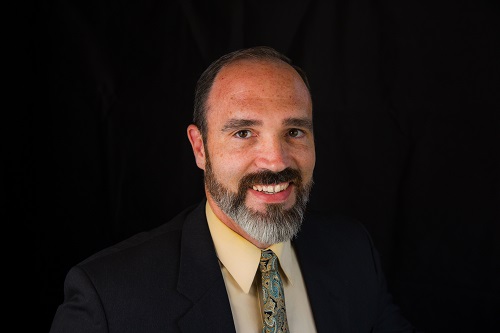Remembering Ray Heitzmann, PhD

Photo courtesy of Dr. Heitzmann’s family. Featured in The Philadelphia Inquirer.
“Professor, coach, academic adviser, and all-around Wildcats booster,” Dr. Ray Heitzmann, Professor Emeritus in the Department of Education and Counseling at Villanova, passed away on July 11, 2020. Author of more than 50 books, Dr. Heitzmann was a faculty member at Villanova University for 40 years. Celebrating Dr. Heitzmann’s life and legacy, the Villanova community is invited to a memorial mass on Friday, Oct. 22 at 12:05 p.m. in St. Thomas of Villanova Church. A reception will follow in the East Lounge of Dougherty Hall.
Dr. Heitzmann‘s obituary can be found here.
Explore some of Dr. Heitzmann’s works at Falvey Memorial Library:
- Educational Games and Simulation (1983)
- Opportunities in Sports and Fitness Careers (2003)
- Opportunities in Sports and Athletics (1985)
- Careers for Sports Nuts & Other Athletic Types (1997)
- Student Teaching, Classroom Management, and Professionalism (1974)
- Opportunities in Sports Medicine Careers (1992)
- Opportunities in Marine and Maritime Careers (1988)
- “Case Study Instruction in Teacher Education: Opportunity to Develop Students’ Critical Thinking, School Smarts and Decision Making” (2008)
- “Writing for Publication in Social Studies Education” (2008)
- “10 Suggestions for Enhancing Lecturing” (2010)
- “Instructional Strategies Recommended in Social Studies Methods Textbooks: A Historical Perspective” (2013)
- “Target HOMEWORK to Maximize Learning” (2007)
- “Ten Commandments for Enhancing Lecturing in History” (2009)
 Kallie Stahl ’17 MA is Communication and Marketing Specialist at Falvey Memorial Library.
Kallie Stahl ’17 MA is Communication and Marketing Specialist at Falvey Memorial Library.




